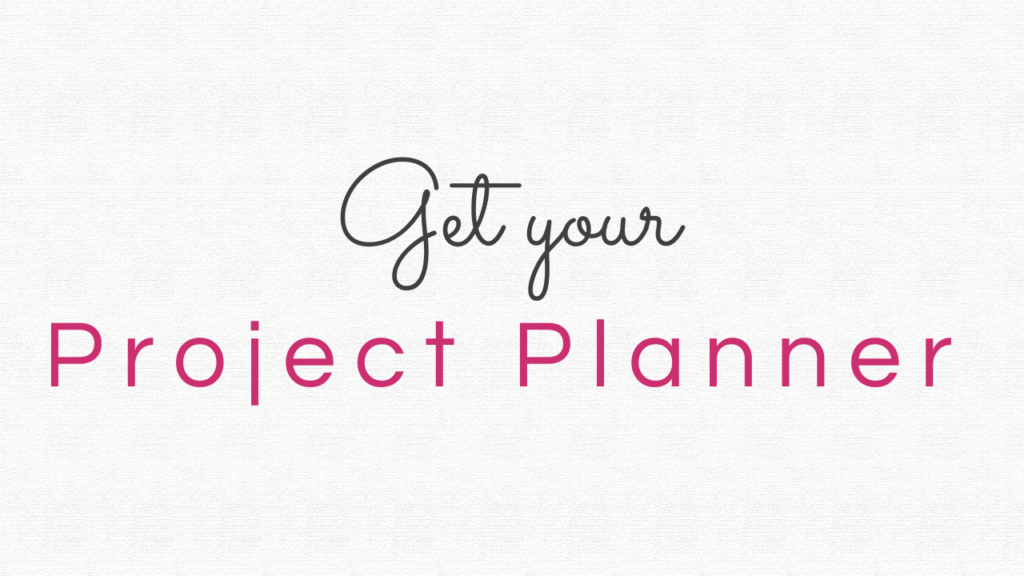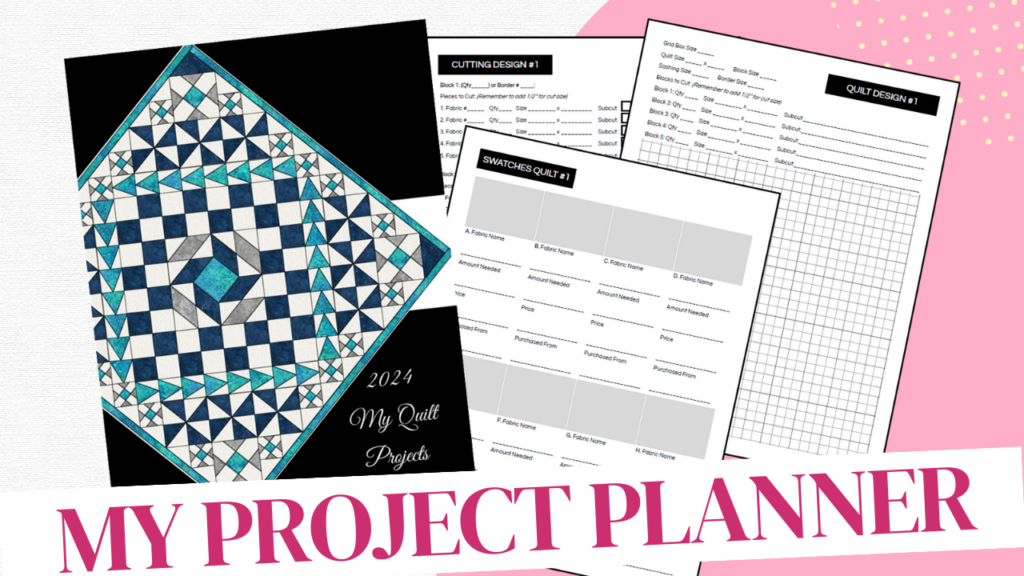The rail fence quilt pattern is a timeless favorite in the quilting community, cherished for its simplicity, speed, and striking visual appeal. Whether you’re new to quilting or a seasoned enthusiast looking for a quick and satisfying project, the rail fence quilt is an excellent choice to showcase your creativity with fabric strips. In this guide, we’ll take you through the step-by-step process of creating your own beautiful rail fence quilt.

Materials Needed
Before diving into the project, gather the following materials:
- Fabric: Choose assorted fabrics in colors and patterns of your choice. For convenience, you can use 2.5″ precut fabric strips (jelly rolls). Jelly rolls are nice because they typically have nice coordinating fabric. It takes the guesswork out of whether your fabric works together. However, you may not get enough strips of the same color/pattern (see Step 2, for more information). If you use precut strips, you will need 24 strips. This pattern uses 8 strips each of a dark, medium, and light fabric or 5/8 yard each.
- Rotary cutter, cutting mat, and quilting ruler: Essential tools for precise cutting.
- Sewing machine: Alternatively, you can hand sew if preferred.
- Thread, pins, scissors, iron, and ironing board: Basic sewing essentials.
- Batting and backing fabric: For quilting the layers together. A crib size (45” x 60”) piece of batting works. The backing needs to be about 1-1/2 yards of 42” wide fabric, which gives a little extra for quilting.
Step-by-Step Guide to Making a Rail Fence Quilt
- Choosing Fabric Begin by selecting fabrics that complement each other. For a traditional rail fence pattern, choose contrasting colors or a gradient effect for a modern twist. In this pattern, I used a dark, medium, and light fabric which lends itself well for a balanced look. Download the free color page to help audition fabric choices, colorings, or layout.

2. Cutting Fabric Strips Use your rotary cutter, cutting mat, and quilting ruler to cut fabric strips that are 2.5” x WOF (width of fabric). Creative Grids has Stripology rulers that are useful for this type of cutting as well. If using jelly rolls, these are typically 2.5″ wide already, so you don’t need to cut them until after we sew the strips together. However, jelly rolls are limited in the number of strips of any one fabric. You may get two to four strips of one fabric (color/pattern), which is fine for a scrappy look; but if you want a more organized look, buying yardage and cutting your strips works well.
3. Sewing Strips Together This pattern sews the strips together using dark, light, and medium order. After sewing a dark and light strip together, you will sew the medium strip to the light strip starting at the opposite end you started at. This helps the strip set stay straight. Complete this step with all 24 strips, giving you 8 strip sets. Iron the strip sets, setting seams toward the dark sides. Ironing will provide a more accurate cut in the next step. Be sure not to stretch your pieces by moving your iron back and forth, press the iron.

4. Creating Blocks After ironing the strips, cut them into 6.5” segments. This should create a 6.5” square.

5. Arranging Blocks This pattern uses a simple layout of BAC, and CAB (as seen in the picture). Then the bottom block is rotated 180 degrees. Feel free to experiment with different arrangements to achieve the look you want, whether it’s a classic straight set or a more dynamic design. Once you determine your layout, put your blocks into piles for easier piecing.

6. Sewing Blocks into Rows Sew the blocks into rows, joining them carefully to maintain consistent seam allowances. I like to match up the center seams and then the corners. Using pins will help those pieces to stay put while sewing. Press seams flat or open as you go to ensure the quilt top lies flat.

7. Assembling the Quilt Top As you join the rows together to complete the top, check for straight edges and squared corners throughout the assembly process.
8. Adding Borders (Optional) Although, this pattern does not include borders, if you prefer, add borders to your quilt for a framed look or a bigger quilt. Measure and cut borders to fit each side of the quilt, sewing them on with care.
9. Quilting and Finishing Layer your quilt top with batting and backing fabric. Quilt the layers together using your preferred method—by machine or hand. Finally, add binding to finish the edges of your quilt, creating a polished, professional look.

Tips and Tricks
- Accuracy Matters: Pay attention to seam allowances and cutting accuracy for a precise finished quilt.I used a scant ¼” seam allowance. There are many ways to achieve this. Some like to use the ¼” tape, a magnet seam guide or ¼” foot. Whatever tool you decide to use, measuring to verify your seam allowance is equal can help.

- Experiment with Layouts: Don’t hesitate to try different block arrangements to find the perfect design for your rail fence quilt. A color page can help you determine if you like a layout before you start to sew. Grab your free page here.
- Enjoy the Process: Quilting should be enjoyable! Take breaks as needed and celebrate each step completed.
Creating a rail fence quilt is not only a rewarding experience but also a wonderful way to showcase your creativity and quilting skills. Whether you’re making it as a gift or for yourself, the rail fence pattern’s simplicity and beauty are sure to impress. We hope this guide has inspired you to embark on your quilting journey and create a stunning rail fence quilt of your own.
Final Thoughts
Share your rail fence quilt creations with us! We’d love to see how you interpret this classic pattern and make it your own. Happy quilting!



